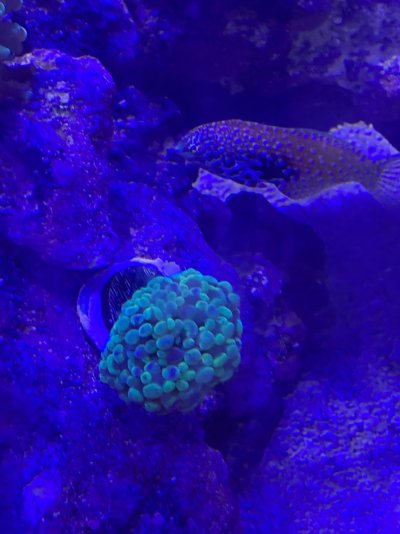i cant think
Wrasse Addict
View Badges
Excellence Award
Reef Tank 365
Article Contributor
UK Reef Club Member
Rock Pool Reef Keepers
My Tank Thread
My Aquarium Showcase
Simple answer;Ok, I need some help with wrasse compatibility!
I already have a very tiny 6 line and a pretty large clouded wrasse in a 90 gallon.
Looking to add a leopard, exquisite and blue side fairy.
Will they all work out?
The Sixline will murder all of them. Not one of them (even if added in larger) will survive the six. Sixlines are known as the devil for a reason.
Hard answer;
They could work out depending on your rockscape, however the best bet is to remove the Sixline and the ‘Clouded Wrasse’ I have never heard of that common name however I believe you have Halichoeres margaritaceus or Nebulosus. Without a photo I cant say which you have 100% as both look very similar with minor differences as juveniles. Assuming you have a Margaritaceus you will also want to rehome him as these get 6” and can be nasty.
In short;
Your only real way to get away with the new introductions is rehoming the sixline, a photo of your ‘Clouded’ Wrasse will also help as you may have to rehome that specimen as well.




















